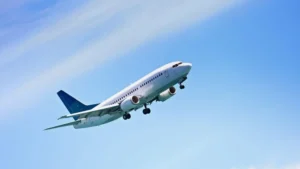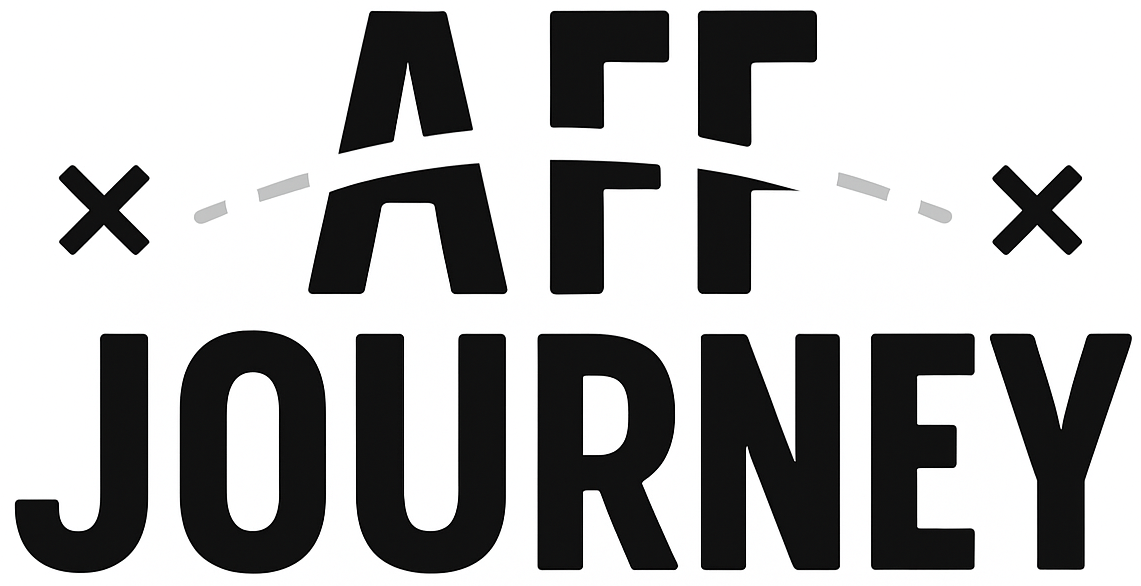© 2025 AffordableJourney. Built with care by our team. All rights reserved.
Navigating Tokyo’s Public Transport: A Beginner’s Guide
By Kaitlyn Fraser
Tokyo is a city that thrives on movement — millions of commuters, tourists, and residents crisscross the sprawling metropolis daily, weaving through one of the most sophisticated and efficient public transport systems in the world. But as a first-time visitor, I’ll admit: the thought of navigating Tokyo’s intricate network of trains, subways, and buses felt intimidating.
Before my trip, I had visions of myself standing in the middle of Shinjuku Station (which, spoiler alert, is the busiest station in the world) looking completely lost, clutching my suitcase, and hoping someone would magically come to my rescue. But the reality? With a bit of preparation, the right apps, and a few insider tricks I picked up along the way, I moved through Tokyo like I had lived there for years.
In this guide, I’m going to walk you through everything I learned — from understanding the complex maps to buying the right tickets, and from avoiding rush-hour madness to using apps that make the process effortless.
Understanding Tokyo’s Public Transport Network
Tokyo’s public transport system is an intricate web of railways, subways, and buses, operated by multiple companies. Unlike many cities where one transit authority runs everything, Tokyo’s system is divided among several operators, which can be confusing at first.
The Main Players
JR East (Japan Rail East) – Operates many of the city’s train lines, including the famous Yamanote Line that loops around central Tokyo.
Tokyo Metro – One of the two subway systems, covering much of central Tokyo with nine lines.
Toei Subway – The other subway system, run by the Tokyo Metropolitan Bureau of Transportation, with four main lines.
Private Railway Companies – Such as Keio, Odakyu, Tokyu, Seibu, and Tobu, which connect Tokyo to nearby suburbs and regions.
Buses – Operated by Toei and private companies, covering areas where trains and subways don’t reach.
Pro Tip: You don’t need to memorize which company runs which line, but knowing the operator can help when buying tickets or finding your way using maps and apps.
Image suggestion:
A high-resolution diagram of Tokyo’s rail and subway network, highlighting the Yamanote Line in green.
Getting From the Airport to the City
Tokyo has two main airports: Narita International Airport and Haneda Airport. Each has multiple transport options, and the one you choose will depend on your budget, luggage situation, and final destination.
From Narita Airport:
Narita Express (N’EX) – Direct service to major stations like Tokyo, Shinjuku, Shibuya, and Ikebukuro. Comfortable, fast, and easy for first-time visitors.
Keisei Skyliner – A speedy train to Nippori and Ueno stations, perfect if your hotel is in the northeast of the city.
Airport Limousine Bus – Drops you right at major hotels and stations. Great if you have heavy luggage.
Local Trains – Cheaper but slower, and can be tricky with large suitcases.
From Haneda Airport:
Tokyo Monorail – Runs to Hamamatsucho Station, where you can transfer to JR lines.
Keikyu Line – Direct to Shinagawa Station and other JR connections.
Airport Limousine Bus – Again, a luggage-friendly choice.
Image suggestion:
Photo of the Narita Express train pulling into a modern station.
Tickets, Passes, and IC Cards
In Tokyo, there are three main ways to pay for your trips: single tickets, day passes, and IC cards.
Single Tickets
You can buy tickets at machines before boarding. They’re fine for occasional rides, but figuring out the fare for each trip can be tedious.
Day Passes
Tokyo Subway Ticket – Unlimited rides on Tokyo Metro and Toei Subway lines for 24, 48, or 72 hours. Perfect if you plan to sightsee heavily in central Tokyo.
JR Tokyo Wide Pass – Covers JR lines and some regional trains, ideal for day trips outside the city.
IC Cards (Highly Recommended)
Suica and Pasmo – Prepaid rechargeable cards that work on almost all trains, subways, buses, and even at convenience stores and vending machines. Simply tap in and tap out at the gates.
Why IC cards are a game changer: No more fumbling with tickets, calculating fares, or standing in line for machines.
Image suggestion:
Close-up shot of a traveler tapping a Suica card at a ticket gate.
Mastering the Yamanote Line
If Tokyo’s transport network is a body, the Yamanote Line is its beating heart. This JR East loop line connects many of Tokyo’s major districts — Shinjuku, Shibuya, Tokyo Station, Ueno, and more — and runs in both clockwise and counterclockwise directions.
Tips for using the Yamanote Line:
Pay attention to direction — clockwise (“outer loop”) vs. counterclockwise (“inner loop”).
If you’re unsure where to transfer, chances are the Yamanote Line will get you close.
Trains arrive every 2–4 minutes, so there’s no need to rush.
Image suggestion:
Map zoom-in of the Yamanote Line loop, with major stations highlighted.
Avoiding Rush Hour Chaos
Tokyo’s rush hours can be intense. Picture tightly packed carriages where people can barely move — and that’s not an exaggeration.
Peak Times:
Morning: 7:30 AM – 9:30 AM
Evening: 5:00 PM – 7:30 PM
How to avoid the crush:
Travel after 10 AM or before 4 PM when sightseeing.
If you must travel during rush hour, look for “Women Only” cars (marked in pink) during mornings on some lines.
Stand back when trains arrive — let passengers exit before boarding.
Image suggestion:
Candid shot of Shinjuku Station during morning rush hour (without identifiable faces).
Using Navigation Apps
Even seasoned Tokyo residents rely on apps to navigate. My personal lifesavers:
Google Maps – Works perfectly for Tokyo, including train times and platform details.
Japan Transit Planner by Jorudan – Lets you filter by cheapest, fastest, or fewest transfers.
Tokyo Subway Navigation – Official Tokyo Metro app, very beginner-friendly.
Pro Tip: Save your hotel location in Google Maps so you can always find your way back.
The Etiquette of Riding Public Transport
Tokyo’s transport system runs smoothly partly because people follow unspoken rules.
No eating or drinking on trains (except long-distance ones).
Keep conversations quiet — phones should be on silent mode.
Stand on the left of escalators in Tokyo (right in Osaka!).
Form orderly lines when boarding.
Image suggestion:
Photo of passengers queuing neatly at a platform.
Exploring Beyond the Trains
While trains and subways are the main way to get around, buses can take you to smaller neighborhoods, temples, and parks that trains don’t reach.
How to use buses:
Enter through the front door, tap your IC card, and exit through the rear.
Screens inside show upcoming stops in both Japanese and English.
My Step-by-Step Routine for Getting Around Tokyo
Open Google Maps and enter my destination.
Check the platform number and transfer details.
Tap in with my Suica card at the nearest station.
Follow signs carefully — they’re in English and Japanese.
Stay to the side of doors so passengers can exit first.
Tap out when I arrive.
When I landed in Tokyo, the transport map looked like an abstract piece of art — beautiful but incomprehensible. By my third day, I was transferring between multiple lines like a pro, swiping through the gates with my Suica, and even helping another tourist find their platform.
Tokyo’s public transport isn’t just a way to get from point A to point B — it’s an experience in itself. You’ll pass through bustling stations filled with shops and restaurants, catch glimpses of neighborhoods you might want to explore later, and feel the city’s heartbeat as you travel alongside locals.
If you prepare well, stay patient, and embrace the flow, you’ll find that Tokyo’s complex network becomes second nature — and maybe even your favorite part of the trip.




